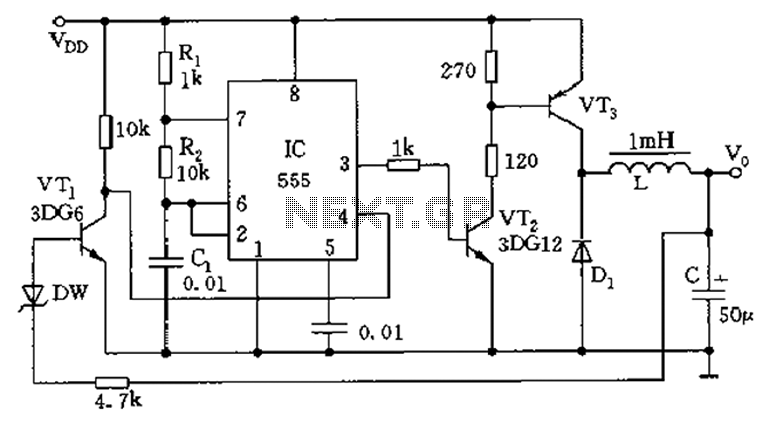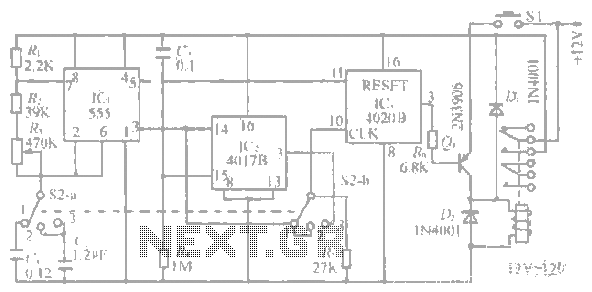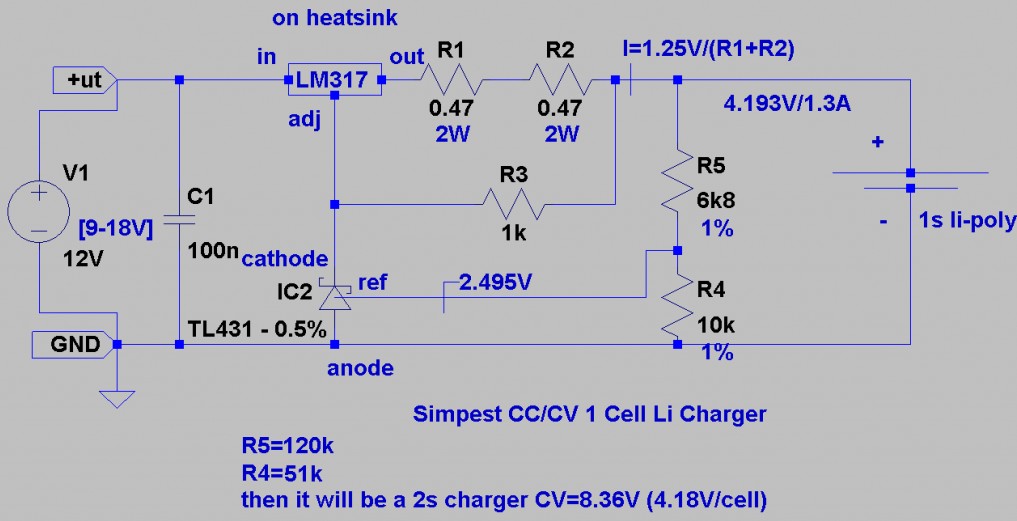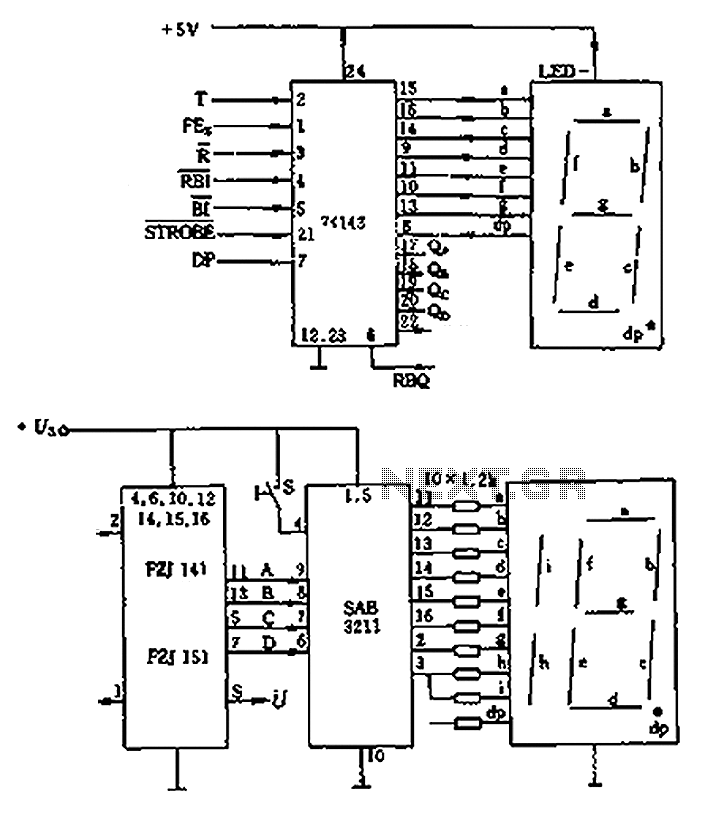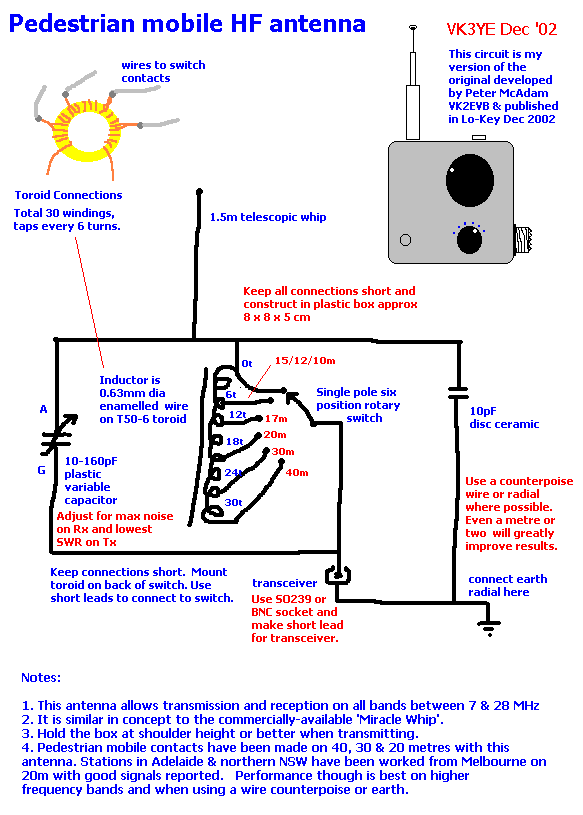
simple circuit willing to pay for full design!

A brief background is provided, indicating a basic understanding of electronics, including knowledge of component functions and schematic reading, but lacking further expertise.
The circuit in question appears to involve fundamental electronic components, which may include resistors, capacitors, diodes, transistors, and integrated circuits. Each of these components plays a crucial role in the overall functionality of a circuit.
Resistors are used to limit current flow and divide voltages, while capacitors store and release electrical energy, often used for filtering or smoothing signals. Diodes allow current to flow in one direction only, serving as protective elements against reverse polarity. Transistors serve as switches or amplifiers, controlling the flow of current based on input signals. Integrated circuits (ICs) can encapsulate multiple functions into a single package, providing advanced capabilities such as logic processing or signal modulation.
To create a basic electronic schematic, one would typically start by identifying the power source, which could be a battery or a power supply. The components would then be connected using conductive paths, represented by lines on the schematic. It is essential to ensure that the polarity of components such as diodes and electrolytic capacitors is correctly oriented to avoid circuit failure.
The arrangement of components should be logical, following the intended function of the circuit. For example, in a simple LED circuit, a resistor would be placed in series with the LED to limit current, and a power source would be connected to the circuit. The schematic would clearly show the connections, with appropriate labels for each component to facilitate understanding and troubleshooting.
Overall, a well-designed schematic serves as a blueprint for constructing the physical circuit, allowing for effective assembly, testing, and modification as needed.Hi everyone, A bit of background first, I know only the basics of electronics (ie: I know what components do and how to read schematics), but have no.. 🔗 External reference
The circuit in question appears to involve fundamental electronic components, which may include resistors, capacitors, diodes, transistors, and integrated circuits. Each of these components plays a crucial role in the overall functionality of a circuit.
Resistors are used to limit current flow and divide voltages, while capacitors store and release electrical energy, often used for filtering or smoothing signals. Diodes allow current to flow in one direction only, serving as protective elements against reverse polarity. Transistors serve as switches or amplifiers, controlling the flow of current based on input signals. Integrated circuits (ICs) can encapsulate multiple functions into a single package, providing advanced capabilities such as logic processing or signal modulation.
To create a basic electronic schematic, one would typically start by identifying the power source, which could be a battery or a power supply. The components would then be connected using conductive paths, represented by lines on the schematic. It is essential to ensure that the polarity of components such as diodes and electrolytic capacitors is correctly oriented to avoid circuit failure.
The arrangement of components should be logical, following the intended function of the circuit. For example, in a simple LED circuit, a resistor would be placed in series with the LED to limit current, and a power source would be connected to the circuit. The schematic would clearly show the connections, with appropriate labels for each component to facilitate understanding and troubleshooting.
Overall, a well-designed schematic serves as a blueprint for constructing the physical circuit, allowing for effective assembly, testing, and modification as needed.Hi everyone, A bit of background first, I know only the basics of electronics (ie: I know what components do and how to read schematics), but have no.. 🔗 External reference
